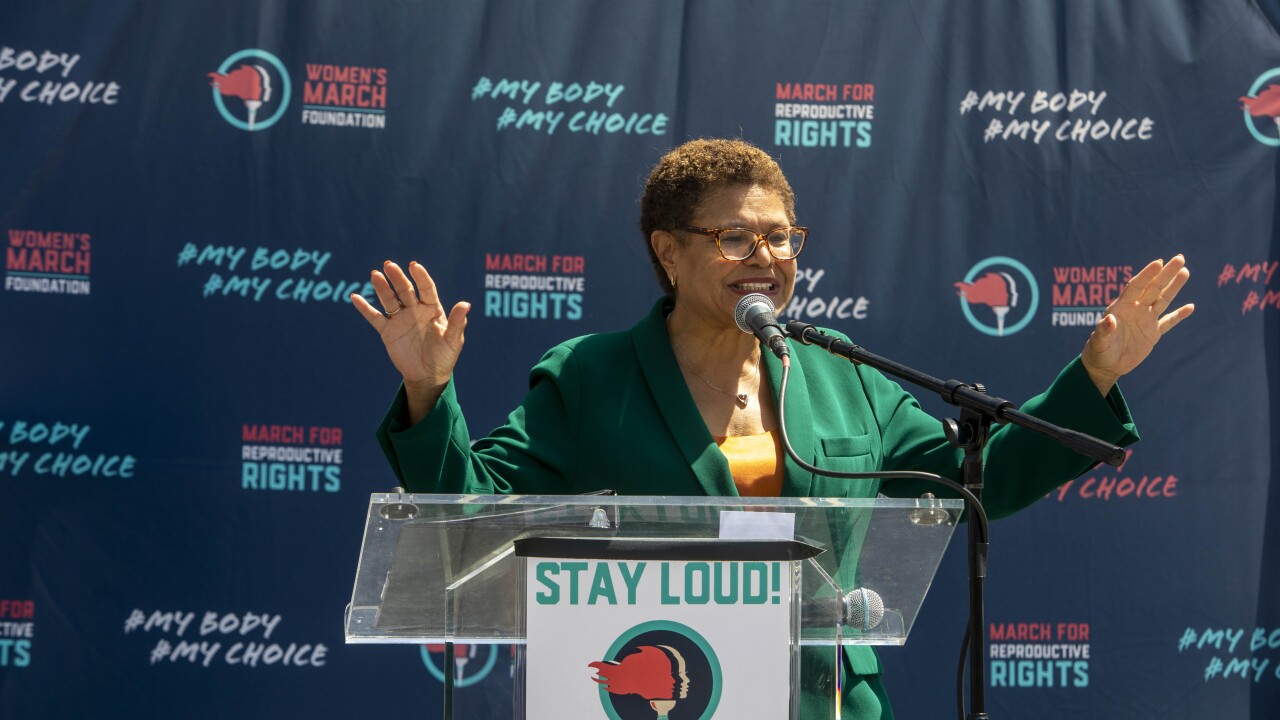
CHICAGO — The triple-A rated University of Michigan Wednesday will sell $220 million of general revenue bonds to finance part of its 10-year, $5.5 billion capital plan.
Most of the debt will be issued as taxable Build America Bonds, with a small series — tentatively set at $14 million — to be sold as traditional tax-exempts. The sale will mark the Ann Arbor-based school’s third BAB sale since June.
It is the second financing for construction of a new $754 million children’s and women’s hospital that is one of the university’s major new capital projects.
Proceeds from the bonds will also go toward a $132 million expansion of an eye center and several other capital projects.
Barclays Capital is the senior manager. Bank of America Merrill Lynch and Morgan Stanley are also on the underwriting team. Miller, Canfield, Paddock and Stone PLC is bond counsel.
The bonds are secured by a pledge of general revenues, which totaled $2.5 billion in fiscal 2010.
The University of Michigan is considered one of the country’s most prestigious schools, and has top ratings from Moody’s Investors Service and Standard & Poor’s.
Analysts praise the school for its large size and the high proportion of its revenue that comes from outside Michigan. It also enjoys a strong academic and research reputation coupled with strong financial position.
After Wednesday’s sale, the university will have a total of $1.8 billion of outstanding debt.
Roughly half of that, including commercial paper, is in a variable-rate mode. That’s down from nearly 80% in 2009, said Moody’s.
The school has five interest-rate swaps hedging $298.4 million of variable-rate debt.
Three of the swaps have collateral posting requirements ranging from $6 million to $25 million, and two of the swaps have no collateral posting requirements.
As of Sept. 30, the university had posted $1.1 million of collateral, according to Moody’s, which said it believes the risks to the university’s liquidity and credit profile are minimal “given its strong liquidity position and cash-flow generation.”
Other challenges to the strong credit profile include its large capital plan campaign, and its exposure to the volatile health care market and Michigan’s weak economy, analysts said.
The university last entered the market in January with $163 million of BABs. The school paid an interest rate of 4.92% on bonds with a 2024 maturity, 5.13% on bonds with a 2030 maturity, and 5.59% on bonds with a 2040 maturity.





